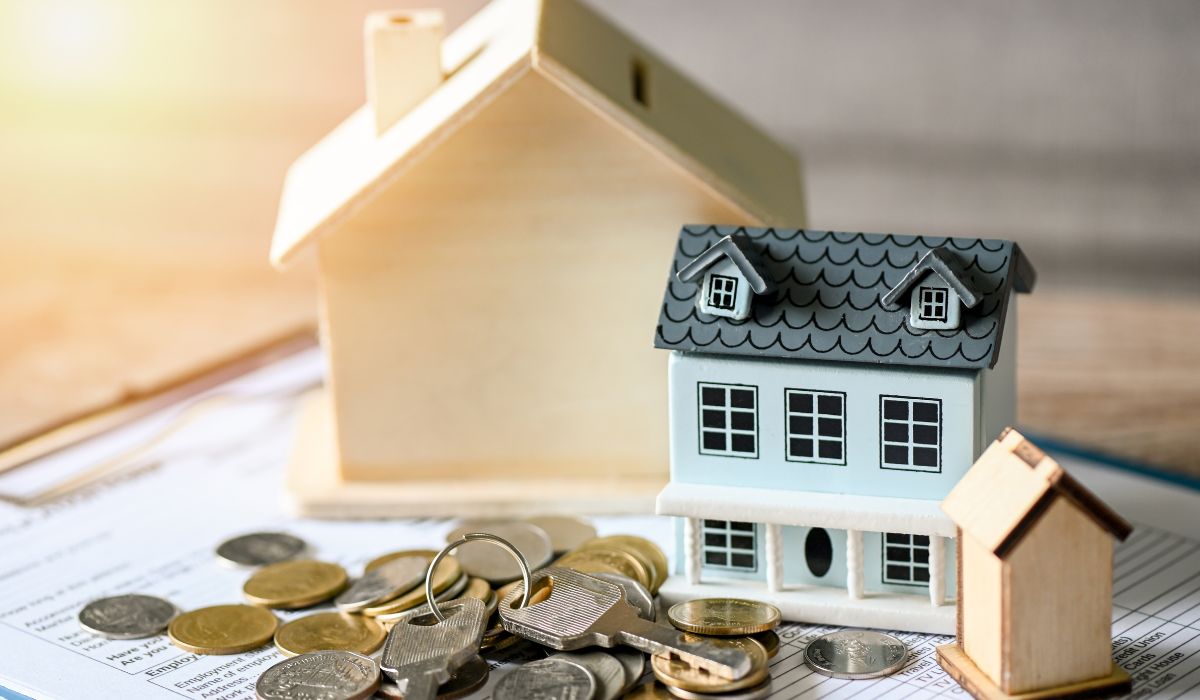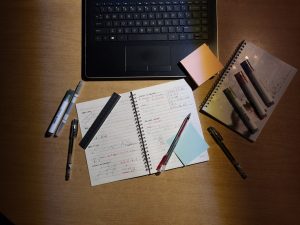
Buying your first home is a big step, and applying for a first-time homebuyer loan can seem stressful. But with the right information and planning, the process can be simple and rewarding.
This guide will explain the steps to apply for a first-time homebuyer loan, the requirements to qualify, and tips to help you get the financing successfully.
What Is a First-Time Homebuyer Loan?

A first-time homebuyer loan is a special type of mortgage for people who have never owned a home before. These loans often offer benefits like smaller down payments, lower interest rates, and easier qualification rules. The purpose of these programs is to help more people become homeowners, especially those who might find it hard to afford the upfront costs of buying a home.
First-time homebuyer loans are available through government programs such as FHA (Federal Housing Administration), VA (Veterans Affairs), and USDA (U.S. Department of Agriculture) loans. They can also be offered as conventional loans by private lenders.
Eligibility Requirements for First-Time Homebuyer Loans

Before applying for a first-time homebuyer loan, it’s important to know the eligibility rules. While the requirements can vary by loan type, here are some general guidelines:
1. Credit Score and Financial History
To qualify for a first-time homebuyer loan, you usually need a credit score of at least 620 for a conventional loan. Government-backed loans like FHA loans are more flexible, sometimes accepting credit scores as low as 580.
2. Income and Employment
Most programs require a steady income and work history. Lenders will check your debt-to-income ratio (DTI) to see if you can manage monthly mortgage payments. A lower DTI improves your chances of approval.
3. Down Payment and Savings
Conventional loans may need a 20% down payment, but many government loans, like FHA, require as little as 3.5%. USDA and VA loans often need no down payment at all. Make sure you have enough savings for closing costs and other fees too.
4. Homeownership Status
You must be a first-time buyer, meaning you haven’t owned a home in the past three years. Some programs may allow exceptions, such as for displaced homeowners, if you meet specific criteria.
Types of First-Time Homebuyer Loans
There are several types of loans available for first-time buyers, each with its benefits:
1. FHA Loans
FHA loans are one of the most popular options for first-time buyers. These government-backed loans require a minimum down payment of 3.5% and have more flexible credit score requirements. FHA loans also have lower interest rates compared to conventional loans, making them an attractive choice for those with limited savings or lower credit scores.
2. VA Loans
VA loans are available to military veterans, active-duty service members, and eligible surviving spouses. These loans offer zero down payment and no private mortgage insurance (PMI) requirements. VA loans also tend to have competitive interest rates and more lenient credit requirements.
3. USDA Loans
USDA loans are designed for buyers in rural and suburban areas who meet certain income eligibility requirements. Like VA loans, USDA loans offer no down payment and often have lower interest rates. However, they are only available in specific geographic areas.
4. Conventional Loans
Conventional loans are offered by private lenders and may require a higher credit score than government-backed loans. However, they can be an excellent option for those with good credit who can afford a higher down payment. Conventional loans often offer competitive interest rates and more flexible terms.
How to Apply for a First-Time Homebuyer Loan
The process of applying for a first-time homebuyer loan can vary depending on the lender and loan type. Here’s a general outline of the steps involved:
1. Check Your Credit and Financial Health
Start by reviewing your credit score and credit report. If your score is below the required threshold for your chosen loan type, consider improving it before applying. Also, review your debt-to-income ratio (DTI) to ensure it falls within acceptable limits.
2. Save for a Down Payment and Closing Costs
Most first-time homebuyer loans require some level of down payment. It’s important to save for both the down payment and additional closing costs, which can range from 2% to 5% of the purchase price of the home.
3. Gather Required Documents
Lenders will require a variety of documents to process your loan application, including:
- Proof of income (e.g., pay stubs, tax returns)
- Proof of employment history
- Credit report
- Proof of assets (e.g., bank statements)
- Proof of identity (e.g., driver’s license, Social Security number)
4. Apply for Pre-Approval
Getting pre-approved for a loan helps you understand how much home you can afford and shows sellers that you are a serious buyer. Pre-approval involves a lender reviewing your financial information and determining how much they are willing to lend you.
5. Find the Right Lender
Choose a lender that offers the best terms for your financial situation. Compare interest rates, loan fees, and down payment requirements across different lenders. You may also want to work with a mortgage broker to help you find the best deal.
6. Submit Your Application
Once you’ve chosen a lender, submit your application. This may involve submitting additional paperwork, such as information about the home you wish to purchase. The lender will then review your application and determine whether you qualify for the loan.
7. Wait for Approval and Close the Loan
After submitting your application, the lender will process your information and issue a loan approval if you meet the requirements. Once approved, you will go through the closing process, where you sign the final paperwork, pay any required fees, and officially become a homeowner.
Common Mistakes to Avoid When Applying for a First-Time Homebuyer Loan
To avoid delays or complications with your application, be aware of these common mistakes:
- Not checking your credit score in advance: Ensure your credit is in good standing before applying to avoid surprises.
- Not saving enough for a down payment: Down payment requirements vary, but having sufficient savings is crucial.
- Not comparing lenders: Shop around for the best loan terms to ensure you get the most competitive deal.
- Skipping pre-approval: Pre-approval helps you understand your budget and strengthens your position when making an offer.
Conclusion
Applying for a first-time homebuyer loan can be a great way to step into homeownership. By understanding the eligibility requirements, loan types, and the application process, you can make informed decisions and increase your chances of securing a mortgage. Whether you choose an FHA, VA, USDA, or conventional loan, the right preparation will ensure a smooth home-buying experience.



